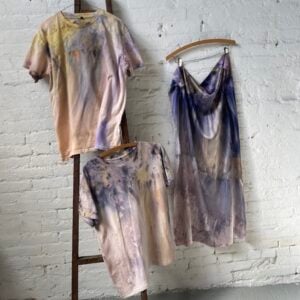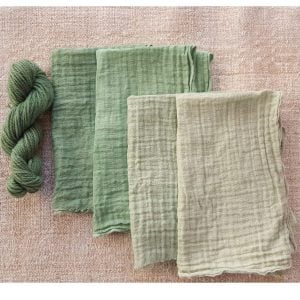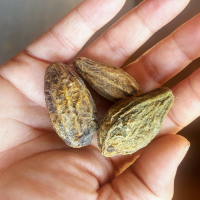Kuchinashi (Gardenia Pods) Japanese Dye
Kuchinashi (Gardenia Flower seed pods) Gardenia jasminoides Gardenia seed pods create a rich, vibrant yellow that sings. The pods have been crushed for easy use and are equally brilliant as a bundle or immersion dye color. The soaked seeds get a little thick and gummy, so use enough water so they are easy to strain. Use at 50-100% wof. Kuchinashi may be used until no color is left to extract from them, or they make an amazing pop of color for bundle dyeing. Multiple extractions will yield lighter dye baths. The residue may be composted after use. Sold in 50 … Read more










